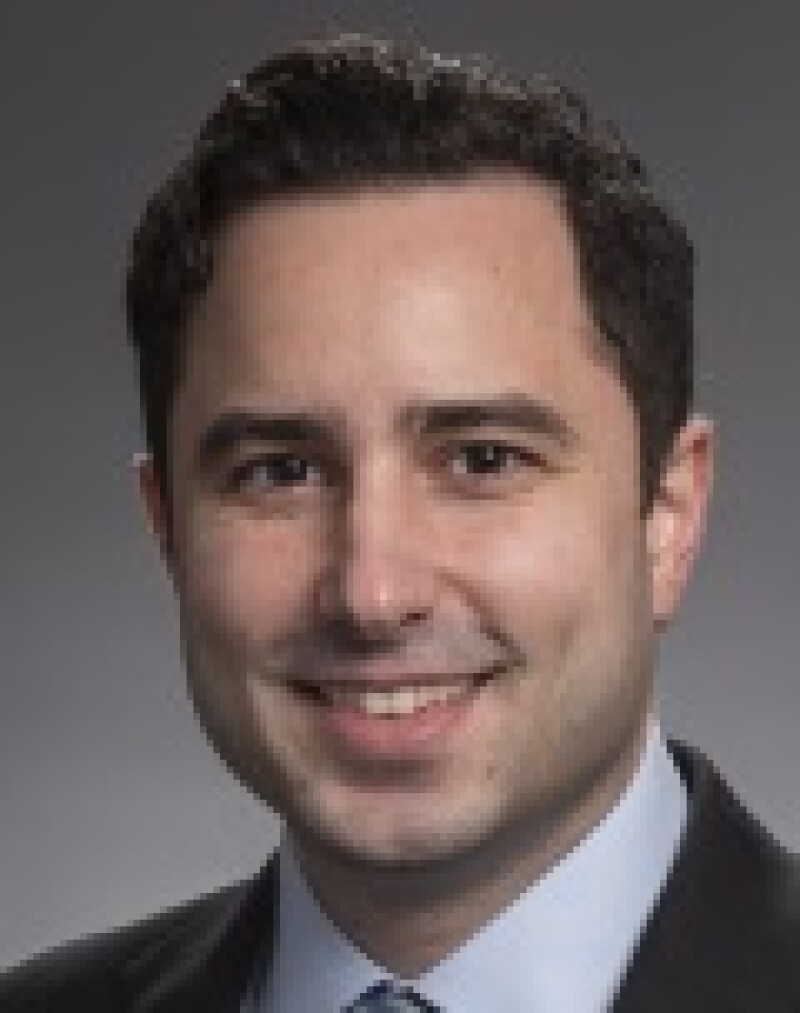

The word “telematics” remains a term unfamiliar to many, despite its widespread use thanks to the explosion of mobile computing devices. At its core, telematics refers to the transmission of data using wireless technology. For businesses, telematics is used to enable and to enhance the efficiency of various business functions. For example, in the automobile industry, telematics facilitates everything from managing fleets of vehicles for car rental services, to increasing vehicle safety, assessing driver risk and tailoring insurance policies through collection of contextual vehicle and driver data.
Impact of Alice
The explosion of telematics has come with an explosion of patent estates ostensibly covering the transmission of data for specific purposes.
But the patentability of such inventions could be impacted by the Supreme Court’s 2014 decision in Alice Corp Pty v CLS Bank Int’l, because inventions that arguably can be performed by humans are not patent-eligible subject matter under 35 USC § 101 (134 S Ct 2347, 2354-55 (2014)).
Under Alice, patent-ineligible subject matter is determined in two-steps: the first asks whether the claims, considered in light of the specification, are directed to ineligible subject matter like an abstract idea. If the answer is yes, the second question asks whether the claim contains “an element or combination of elements that is ‘sufficient to ensure that the patent in practice amounts to significantly more than a patent upon the [ineligible concept] itself".
Application of the two-step test has enabled challengers to successfully challenge patents by analogizing claims to common methods for solving old problems (see for example Concaten, Inc v Ameritrak Fleet Solutions, LLC, 131 F Supp 3d 1166, 1172 (D Col 2015)).
In Concaten, claims directed to methods and computer-based systems for providing winter maintenance personnel with specific weather forecast information and treatment recommendations, while allowing for vehicle location and data collection, were found invalid under Alice because they claimed “nothing more than taking steps routinely performed by humans…and applying them on a computer through unexplained ‘processing’ of data".
Recent guidance
Post-Alice, inventors in the telematics space must do more than trace the transmission and processing of data using conventional computers, sensors and devices.
Recent Federal Circuit decisions provide guidance: see Enfish, LLC v Microsoft Corp, 822 F3d 1327, 1335 (Fed Cir 2016); BASCOM Global Internet Servs, Inc v AT&T Mobility LLC, 2016 WL 3514158 at *6 (Fed Cir June 27, 2016); DDR Holdings, LLC v Hotels.com, LP, 773 F3d 1245, 1257 (Fed Cir 2014).
For example, inventions directed to improving the functioning of current telematics technology, or providing non-conventional and non-generic arrangement of known, conventional telematics pieces; or overcoming a problem specifically arising in the realm of telematics may be sufficient to survive Alice.
Thus, when contemplating inventions based on telematics, care must be taken to emphasize the “how". How does a telematics-based invention improve or make existing technology more efficient compared to the prior art? How is the invention different from what humans could do or from existing arranged conventional pieces?
Turning back to the Concaten case (which is on appeal), if Ameritrak’s patents had perhaps focused on how the inventions improved functionality of current snow ploughing technology – by including narrowly tailored claims that covered, hypothetically, examples in the specification showing that the claimed technology resulted in the use of less salt compared to conventional processes – the patents might have a better chance to survive.
Now, more than ever, providing a tangible and concrete hook in the specification and incorporating it into the claims is necessary to survive Alice.









